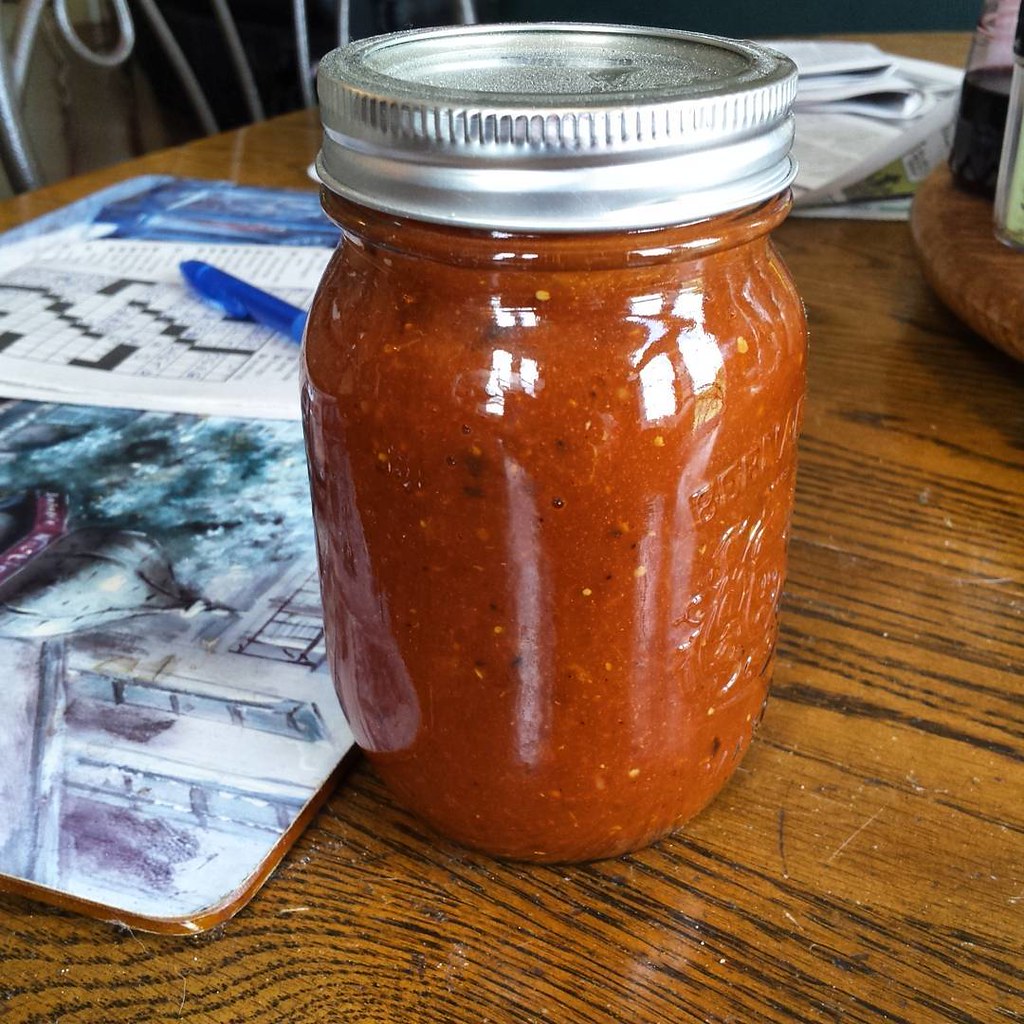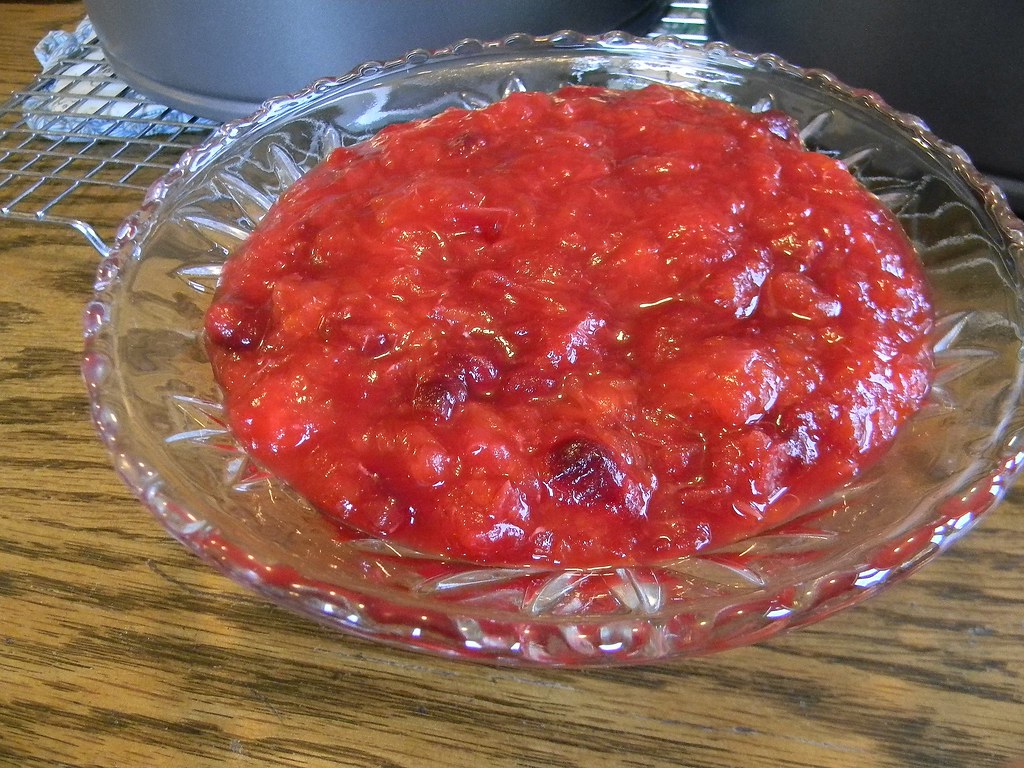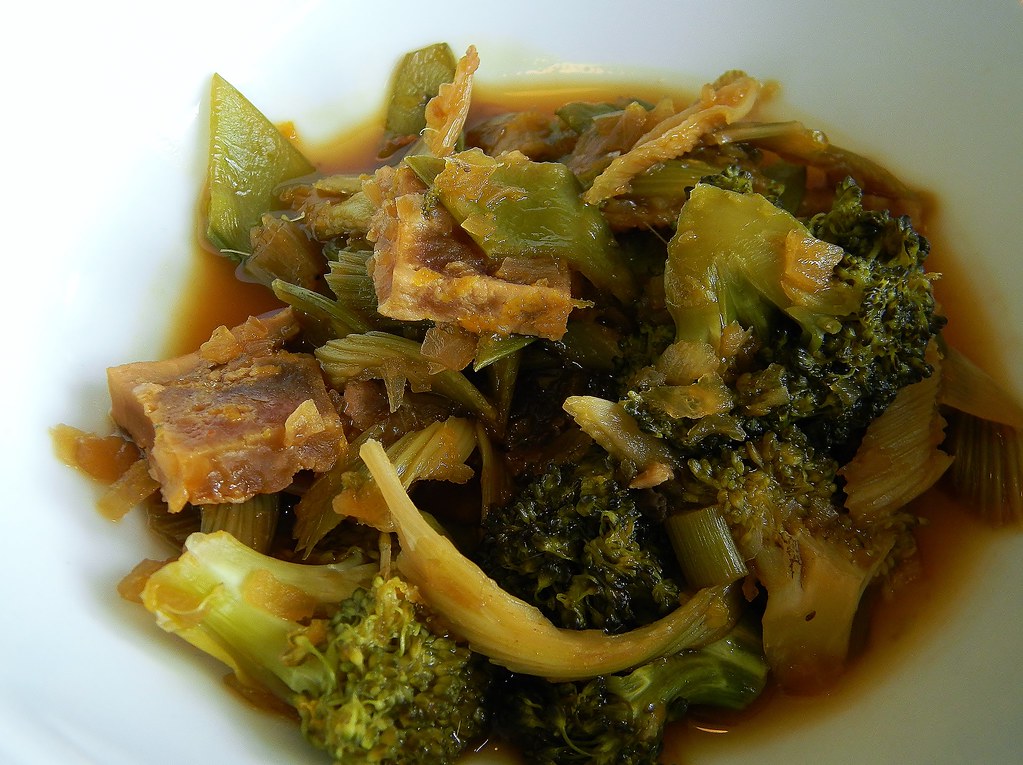Brown Eggs and
Jam Jars
Publisher: Penguin
Canada (2015)
I often joke that I live on a farm – between the spacious
backyard packed with various gardens to the literal cattle and sheep over the
back fence, it’s easy to forget that I’m actually in a fairy major suburb of
Toronto. That said, I’m still mentally a rural girl and have a passion for the
art of homesteading – particularly making my own pantry items like jams and
sauces, baking my own bread, and dehydrating leftover garden or local produce. Those
techniques are about as far as I can go, but fellow Canadian, food blogger and
now author Aimée
Wimbush-Bourque takes it a step farther – both online on her website
Simple Bites (www.simplebites.net/)
and in her new book (named for two of my favourite things): Brown Eggs and
Jam Jars.
Brown Eggs is definitely a season-oriented
cookbook, with distinctly marked chapters for each quarter of the year as well
as a preface of Useful Ingredients (xvi)
and Helpful Tools and Equipment (xxii).
These sections are further broken down into richly photographed sub-chapters
with recipes prefaced by a heart-warming story from Wimbush-Bourque’s family
life. Even if the particular dish never makes it to your own table, reading why
the author adores it herself is entertaining and truly captures your heart. The
recipes themselves are everything I’ve loved about her blog since finding it –
no fuss, whole-food concoctions that don’t “preach” a certain diet or
lifestyle. Brown Eggs is simply a book full of good food to feed your
family. All this said, most dietary lifestyles can enjoy at least some of the dishes in this book,
although modification will be required for vegetarians and vegans for the
majority of the main courses.
 |
| Roasted Peach BBQ Sauce (p. 81) |
Given the author’s location in rural Quebec (on a third
of an acre of land backing onto a maple forest), it is not surprising that a
large quantity of honey and maple syrup is utilized – a fact that can cause
some items like the delicious looking Chocolate-Beet
Sheet Cake (p. 204) to be rather expensive for “city folk” to pull off. It is
worth noting, however, that most of the maple syrup Wimbush-Bourque calls for
is only in the “sugaring off” seasons, where most sugar shacks offer decent
prices. Desserts aside, total sugars in Brown Eggs are kept to a minimum
– usually no more than a few tablespoons, if any). Instead, fruit and naturally
sweet vegetables are brought forward – a hearty serving of Honey Ginger Sweet Potato Puree (p. 225) only has ¼ tablespoon of
the namesake sweetener, but it is worth noting that a dark, flavourful variety
(chestnut is my favourite, while buckwheat is my mom’s) really shines through.
Even the rich, smoky sweetness of the book’s Roasted Peach BBQ Sauce (p. 81) is almost exclusively from the
caramelized, nectar-oozing fruit, augmented with apple juice and just a whisper
of honey. I particularly enjoyed Wimbush-Bourque’s take on traditional
cranberry sauce – Cranberry Clementine
Relish (p. 224) – because it wasn’t
cloyingly sweet, and was bright with the citrus, berries and a touch of vinegar.
All the recipes I tried in this book were easy to follow, albeit slightly
difficult to find in the sense that they are not organized within the
sub-chapters by type (i.e. appetizers, mains, desserts). I haven’t tried any of
the “basic” pantry items like the Mayonnaise
(p. 35) or Strawberry-Honey Jam with
Orange Zest (p. 152), but if the need arises I’ll know where to turn.
 |
| Cranberry Clementine Relish (p. 224) |
While full-on homesteading life is not for everyone,
anyone can do one or two things to bring less processed, more local and overall
delicious food to their table. Brown Eggs and Jam Jars by Aimée
Wimbush-Bourque is definitely a fantastic place to start, and is
gorgeous enough for any coffee table too!





